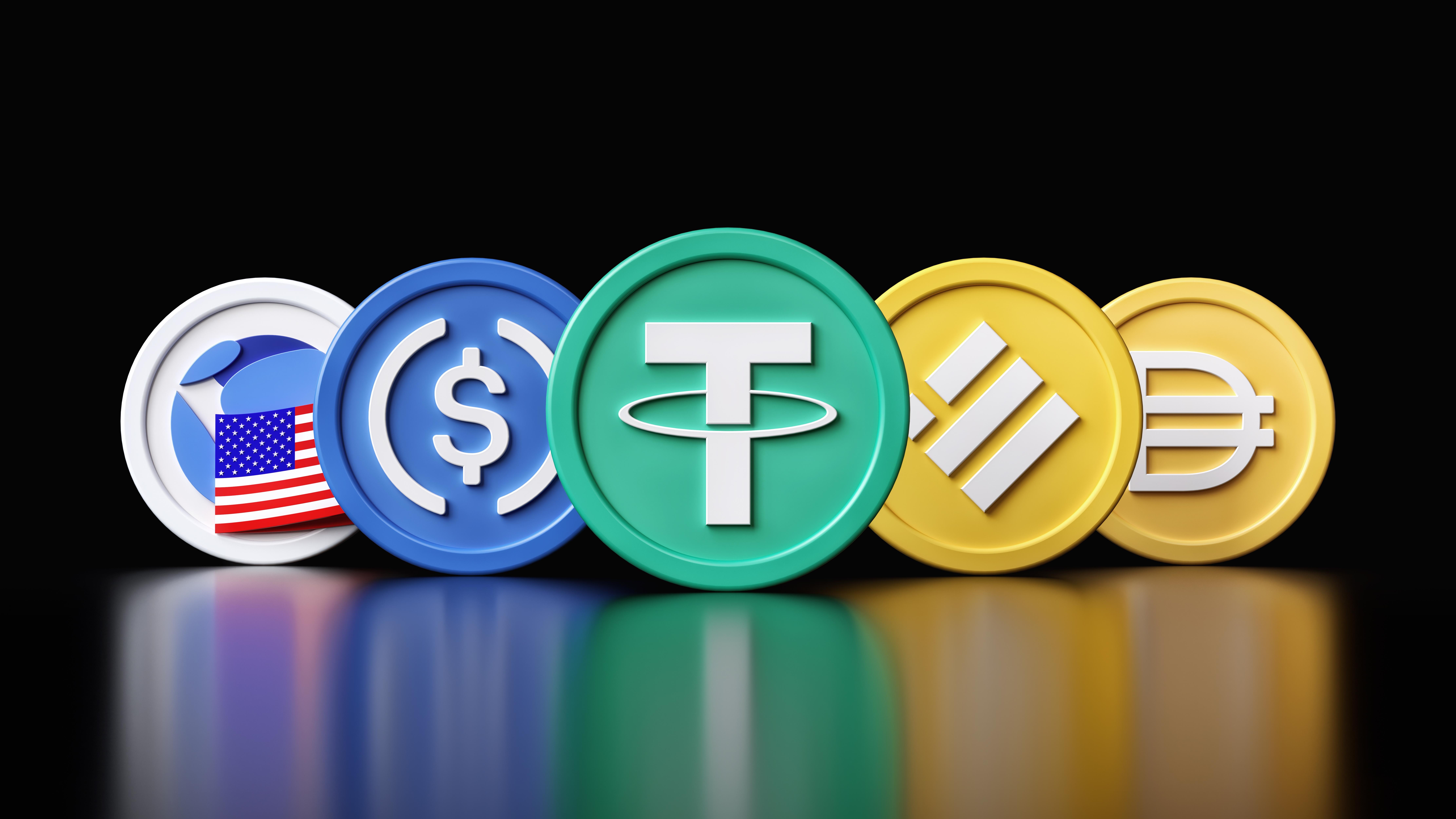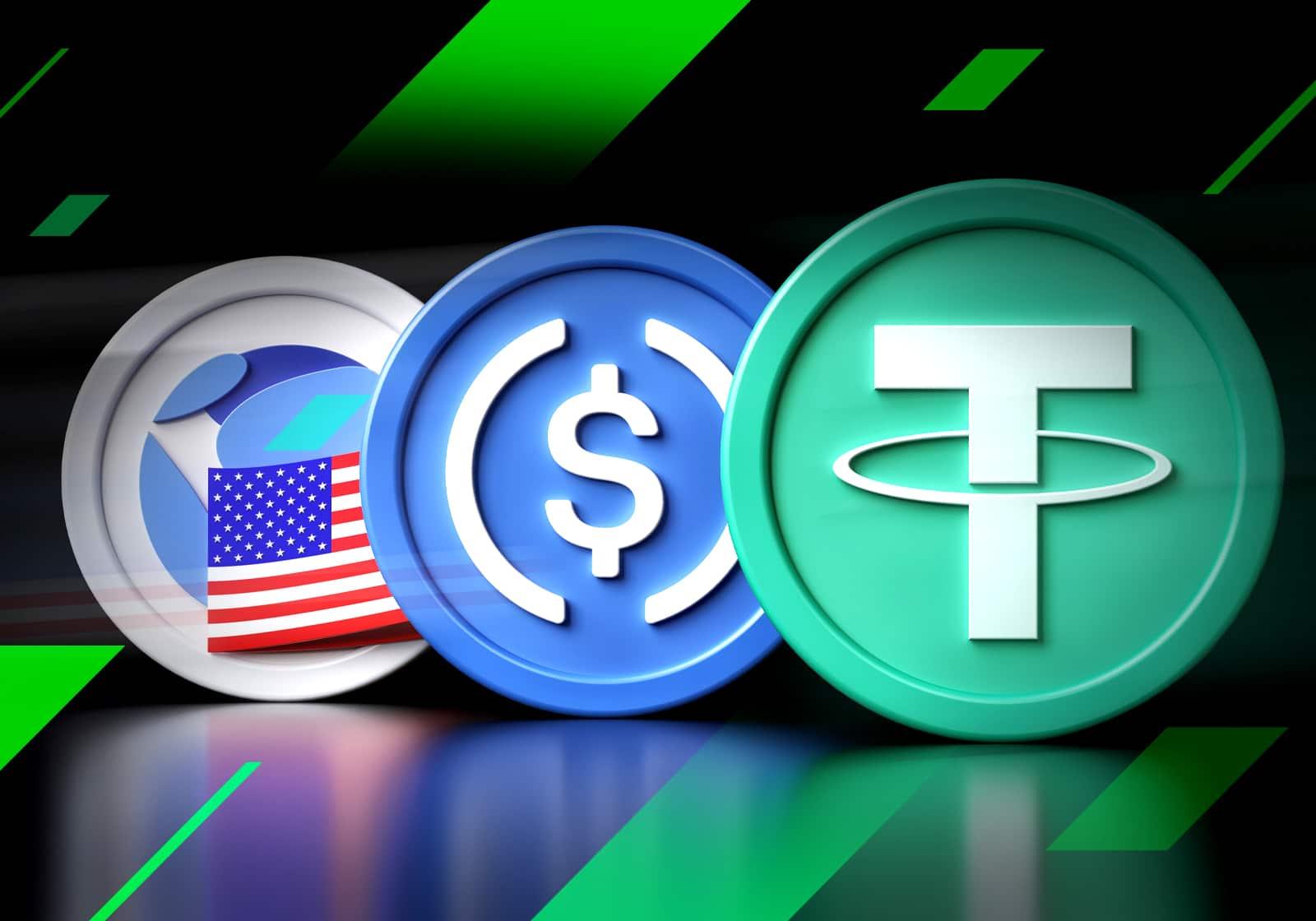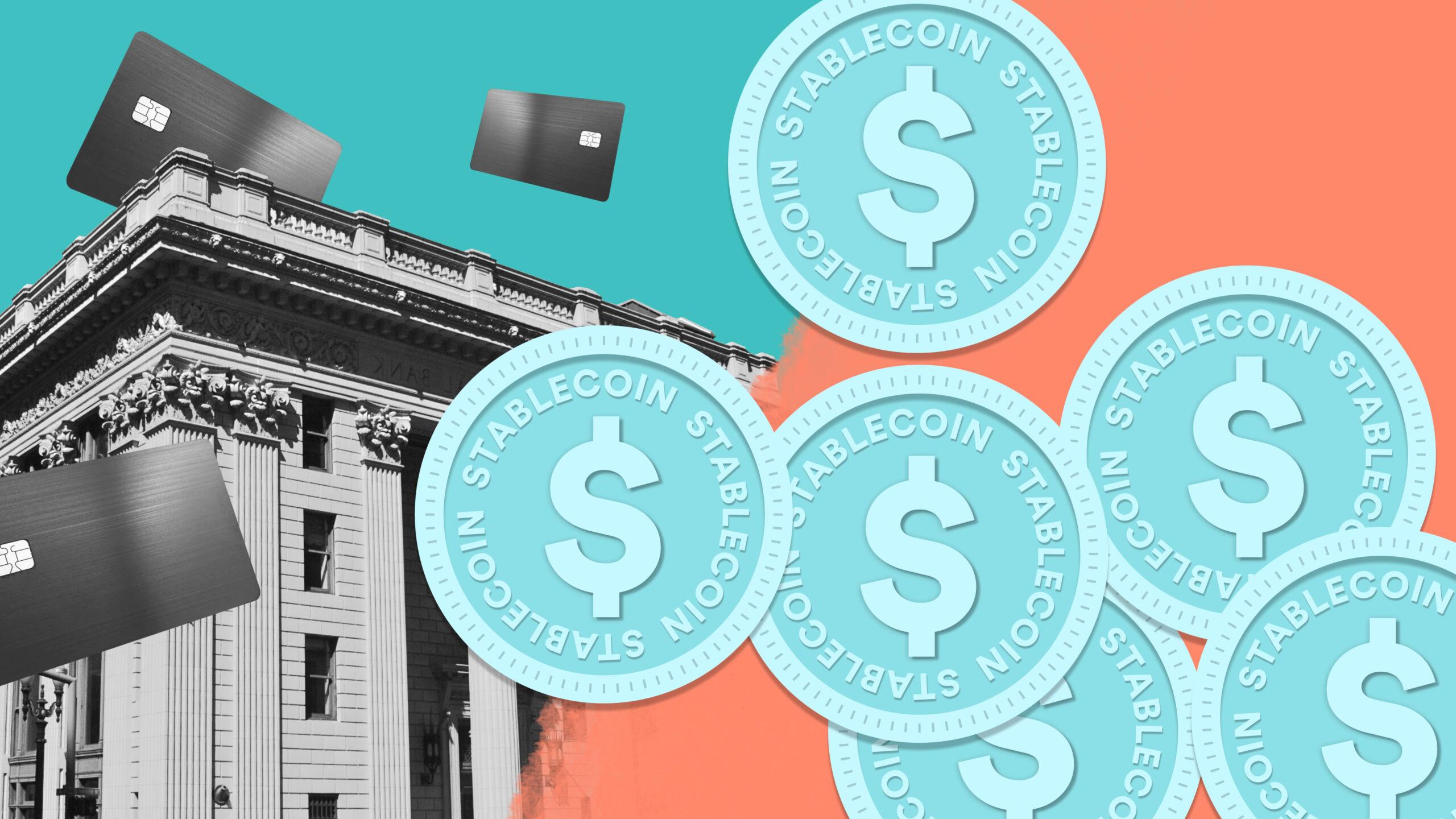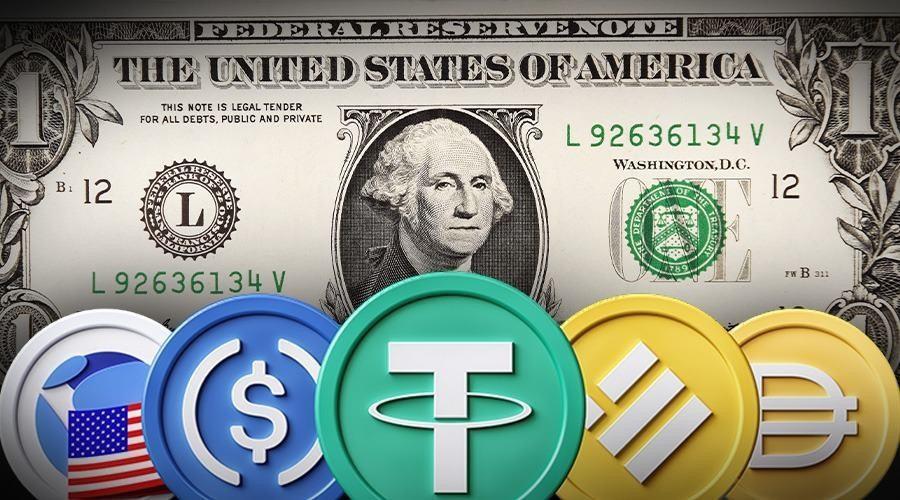In the ever-evolving landscape of finance, where the digital and physical realms increasingly intertwine, stablecoins emerge as a formidable bridge between the world of cryptocurrency and traditional fiat currencies. As the allure of blockchain technology captures the imagination of savvy investors and everyday users alike, these unique digital assets promise to mitigate the notorious volatility associated with their more traditional counterparts like Bitcoin and Ethereum. By tethering their value to stable assets—be it the US dollar, a commodity, or even a basket of currencies—stablecoins offer both stability and flexibility, making them an essential tool for transactions, savings, and investments in the modern economy. In this article, we delve into the mechanics of stablecoins, exploring their types, uses, and the pivotal role they play in the future of financial ecosystems, drawing insights into how they are reshaping our understanding of money itself. Join us as we unravel the complexities of this innovative financial instrument and its potential to redefine the currency landscape.
Exploring the Fundamentals of Stablecoins and Their Functionality
Stablecoins serve as a compelling solution to the notorious volatility that plagues most cryptocurrencies. By pegging their value to a stable asset, like traditional fiat currencies or commodities, they maintain a consistent value that inspires trust among users. Key characteristics of stablecoins include:
- Price Stability: Designed to minimize fluctuations in value.
- Easy Conversion: They enable seamless transactions between crypto and fiat currencies.
- Trustworthy Framework: Backed by reserves of assets or algorithms, ensuring reliability.
Various types of stablecoins exist today, each with unique functionalities that cater to different market needs. The most common categories include fiat-collateralized, crypto-collateralized, and algorithmic stablecoins. In a fiat-collateralized model, for instance, each token represents an equivalent amount held in reserve, which can be currency or cash-equivalents, such as USD or EUR. The following table summarizes different stablecoin types and their mechanisms:
| Stablecoin Type | Mechanism |
|---|---|
| Fiat-Collateralized | 1:1 reserve of fiat currency |
| Crypto-Collateralized | Backed by other cryptocurrencies, often over-collateralized |
| Algorithmic | Supply is adjusted based on demand through algorithms |

Navigating the Diverse Types of Stablecoins in the Cryptocurrency Ecosystem
Stablecoins serve as a vital bridge between the volatility of the cryptocurrency market and the stability of traditional currencies. Their primary function is to provide a stable value while retaining the benefits of blockchain technology. Generally, these coins are categorized into three main types: fiat-collateralized, crypto-collateralized, and algorithmic stablecoins. Each offers unique advantages and risks, catering to different user needs within the cryptocurrency ecosystem. Fiat-collateralized stablecoins, like Tether (USDT) or USD Coin (USDC), maintain a one-to-one peg with a national currency, usually the U.S. dollar, providing users with a familiar reference point. Conversely, crypto-collateralized stablecoins, such as DAI, are backed by other cryptocurrencies, which allows them to maintain stability while being decentralized.
Another fascinating category is algorithmic stablecoins. These do not rely on any collateral but use algorithms to control the supply of the coin, adjusting it in response to market demand. This approach has been the subject of much debate, showcasing the potential for innovation alongside significant risks, as seen with projects like Terra (LUNA). Understanding these distinctions is crucial for users looking to navigate the landscape of stablecoins. Below is a simple comparison table that highlights the main characteristics of each type:
| Type | Backing | Stability Mechanism |
|---|---|---|
| Fiat-Collateralized | Fiat currency (e.g., USD) | 1:1 backing with reserve |
| Crypto-Collateralized | Other cryptocurrencies | Smart contracts manage collateral |
| Algorithmic | None | Supply adjustments based on demand |

Assessing the Advantages and Risks of Using Stablecoins in Financial Transactions
The landscape of digital finance has changed dramatically with the emergence of stablecoins, which aim to provide the best of both worlds: the stability of traditional fiat currencies and the innovative advantages of cryptocurrencies. One of the primary advantages of utilizing stablecoins in financial transactions is their potential for enhanced transaction speed and efficiency. Unlike conventional banking systems that may take hours or even days to process transactions, stablecoin transfers can occur almost instantaneously, allowing for real-time settlements. Furthermore, because stablecoins are often pegged to a stable asset like the US dollar, they reduce the volatility typically associated with cryptocurrencies, making them a more appealing option for everyday transactions.
However, the adoption of stablecoins is not without its risks. Regulatory uncertainty remains a significant concern, as governments around the world scramble to establish frameworks to govern their use. This may lead to unforeseen changes that could impact the stability or legality of these digital assets. Additionally, while stablecoins are designed to be less volatile, they still carry inherent risks such as counterparty risk, where the issuer may not fully back each token with the corresponding fiat reserves. This raises questions about trust and transparency. while the advantages of using stablecoins can facilitate smoother and quicker transactions, stakeholders must also remain vigilant regarding the associated risks.

Future Trends: The Evolving Role of Stablecoins in Global Finance
The landscape of global finance is undergoing a significant transformation with the rise of stablecoins, which are poised to play a crucial role in shaping the financial systems of the future. As countries explore digital currencies and central banks look to integrate blockchain technology, stablecoins emerge as a bridge between the volatility of cryptocurrencies and the stability of traditional fiat currencies. These digital assets are designed to maintain a stable value, typically pegged to major currencies like the US dollar or assets such as gold, making them a viable option for transactions, remittances, and a safe haven during economic uncertainty.
As the adoption of stablecoins grows, we can anticipate several trends that will influence their role in the financial ecosystem:
- Integration with Decentralized Finance (DeFi): Stablecoins will further anchor the DeFi market, providing liquidity and enabling more complex financial products.
- Regulatory Developments: Expect increased scrutiny as governments seek to create a legal framework that balances innovation and consumer protection.
- Cross-border Transactions: Stablecoins will facilitate smoother international payments, slashing costs and times associated with traditional methods.
- Institutional Adoption: Financial institutions and corporations will start incorporating stablecoins into their operations for payments and treasury management.
In Summary
stablecoins stand at the intriguing intersection of traditional finance and the evolving landscape of cryptocurrency. As a bridge that connects the stability we seek in currency with the innovative potential of digital assets, they offer a promising solution for both investors and everyday users. While challenges such as regulatory scrutiny and market volatility remain, the ongoing development and adoption of stablecoins underscore their pivotal role in shaping the future of financial transactions.
As we navigate this new era, it is essential to approach stablecoins not just as a trend but as a tool that empowers individuals and institutions alike. Whether used for remittances, investment, or everyday purchases, understanding the intricacies of stablecoins enables us to harness their benefits while remaining vigilant about the risks. The journey of stablecoins is just beginning, and their evolution will undoubtedly influence the broader narrative of money in ways we are only beginning to foresee.
As you continue to explore the world of cryptocurrency, consider how stablecoins may fit into your own financial landscape. In this ever-changing environment, knowledge is your best asset, and with it comes the potential to innovate, invest, and engage in the future of money.



